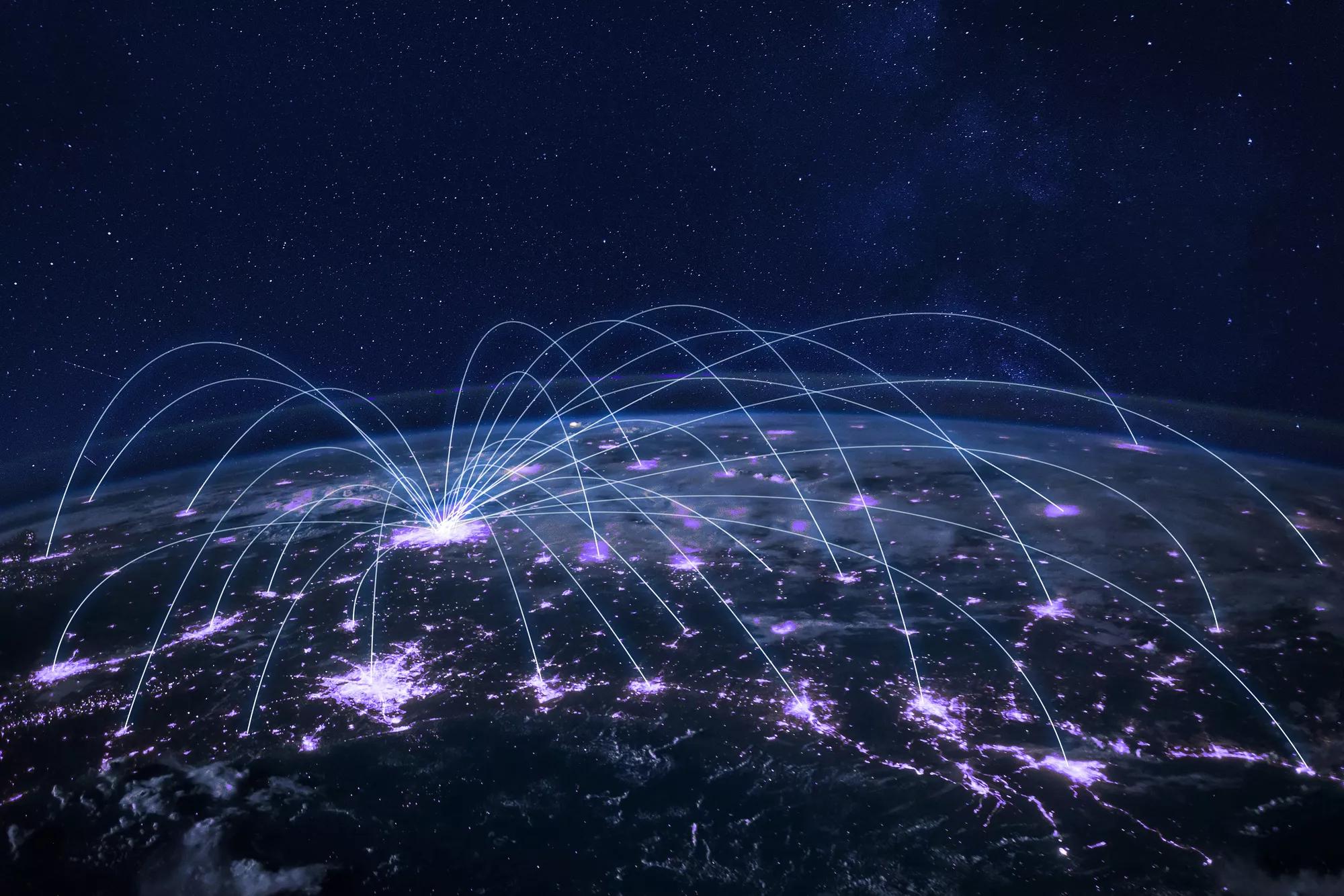3 Security Trends Global Organizations Need to Know

Global organizations are facing more challenges than ever before – from labor shortages and supply chain disruptions to economic uncertainty and emerging privacy regulations.
As business leaders look to drive operational efficiencies and streamline international security protocols, three important trends are emerging.
1. Standardization is Key to Global Compliance
First, standardizing and centralizing operations is key in providing a competitive advantage to businesses that focus on streamlining their operations.
By implementing standardized global security protocols and creating a single point of contact, global businesses are becoming more efficient. Processes can be scaled safely, reducing implementation costs and ensuring that all employees receive the same robust level of security. Uniformity helps ensure that security protocols are equally strong and means new offices can follow existing guidelines with consistency.
Businesses are also seeking partners who have deep local knowledge and are able to offer support in navigating local regulations, ensuring compliance with standards and privacy laws. Ultimately, the combination of local knowledge and international experience helps reduce business liability.
2. Security Technology is Driving Operational Efficiencies
Secondly, as businesses deal with the repercussions of uncertain market conditions, operational efficiency is becoming an even greater priority for all organizational functions – and security is no exception.
To help achieve this, leaders are looking for global security technology – and providers – that can solve multiple business problems. Comprehensive and integrated security systems are becoming essential for business continuity, and providers that offer solutions across the entire security value chain are increasingly desirable.
One-stop-shop providers eliminate the need to manage multiple vendors, budgets and timelines, and drive efficiencies throughout organizations. Implementation is also simplified by working with a single provider, leaving leaders free to focus on other business priorities.
3. Intelligent Data is Critical to Improving ROI
Lastly, using intelligent data to increase the return on investment in security technology is becoming indispensable. Artificial intelligence (AI) and machine learning (ML) are ever more integral to the analysis of security data, especially as we enter the next Industrial Revolution. The IoT market continues to explode, and business leaders who capitalize on technologies and focus on using AI data strategies to harness the potential of the data generated will benefit exponentially.
Effective AI technologies also remove human error and are able to detect anomalies such as suspicious behavior at a much earlier stage than a person, which can help organizations proactively prevent security threats before they even arise.
Just as powerful are the post-event applications of collected insights. Once security tech ingests and processes data, it can provide clear, actionable insights upon which to base operational improvements. For example, an administrator may learn that a facility is busiest at a particular time of day. Using this information, they can lower energy costs during lulls or redistribute limited personnel for on-site guarding during peak hours. Using intelligent data in this way will become even more impactful as persistent labor shortages require an intelligent redistribution of resources.
In today’s environment, an “always-on” approach to business security – one that prioritizes global security expertise, efficient business processes and data-backed decisions – is essential for global organizations.
Businesses are reaching for a competitive edge and smart leaders know the value in leveraging their global security program and provider to drive value.
If your business is looking for a trusted advisor to navigate multinational security deployments, get in touch to learn more about the Securitas Technology Global Clients Program.























